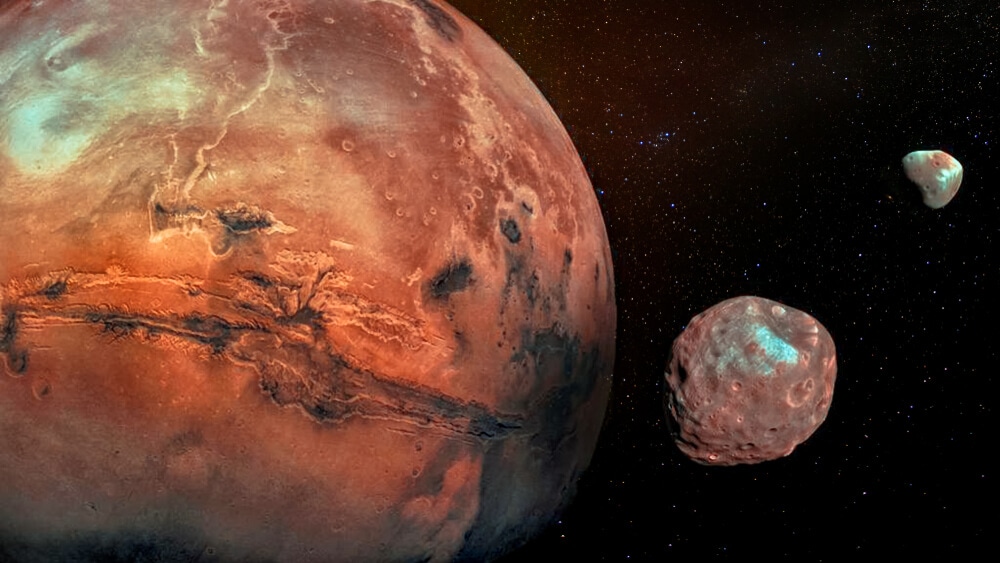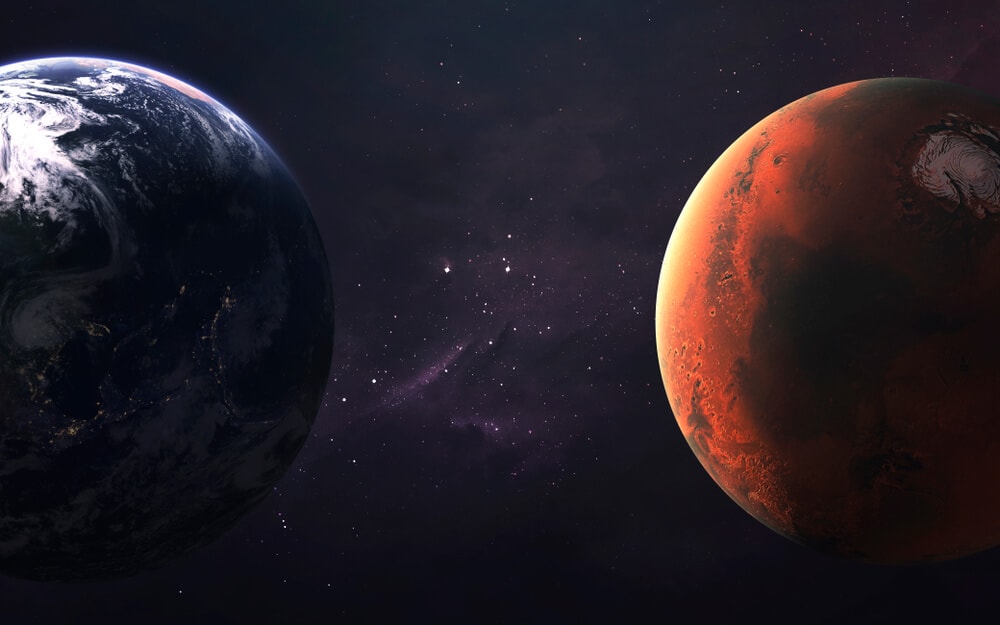There is a lot about space that we don’t know about, with scientists making discoveries all the time. One of the most mysterious planets is Mars. Known as the Red Planet, Mars is the fourth planet from the sun as well as the second smallest planet after Mercury. Mars gets its nickname from the reddish tint of its surface. The planet’s red color comes from iron oxide on the planet’s surface. As a terrestrial planet, Mars has a thin atmosphere. Its surface features many craters and divots similar to those seen on the moon and in the Earth’s polar ice caps, deserts, and valleys. Because of the way the planet rotates, its seasons and days are close to those on Earth. The largest volcano and second-highest mountain peak in the Solar System are Olympus Mons, located on Mars.
Currently, researchers are looking into whether Mars could be viable for human habitability in the future. Mars has been explored for decades, and there are presently eight spacecraft being used to investigate the Red Planet. Six spacecraft are orbiting Mars, while two are present on the surface. The rover Curiosity and lander InSight are equipped with cameras that capture what’s going on Mars’ surface. Curiosity and InSight travel across the planet and they have taken images of many unusual things on Mars. Keep reading to see what unique discoveries have been made on planet Mars!
33. Mars is half the size of Earth but has twice as many moons.

You might be tempted to think that the number of moons that a planet has depended on how giant that planet is. Not so. Earth is 7926 miles in diameter and has only one moon, the big one you see up in the night sky, that orbits it. The Moon is Earth’s only proper natural satellite. It is one-quarter the diameter of Earth making it the largest natural satellite in the Solar System relative to the size of its planet. It is the fifth largest satellite in the Solar System and is larger than any dwarf planet.

On the other hand, Mars is a puny 4220 miles in diameter, but it has two moons, named Phobos and Deimos. The Martian moons are relatively tiny, though; Phobos is 13.8 miles across, and Deimos is even smaller, at 7.8 miles. You probably drive further than the length of both of Mars’ moons on your daily commute. Oh, and another fun fact? The moons of other planets tend to get cool names, like Phobos. Earth’s moon is just called the moon.
